What’s the Secret to a Juicy KitchenAid Pasta Recipe? 🍝🌿🌟
1. Introduction
Imagine twirling a forkful of perfectly cooked, vibrant pasta that’s bursting with flavor. A juicy KitchenAid pasta recipe isn’t just about the ingredients; it’s about the technique, the quality of the sauce, and the love you put into it. With the help of your KitchenAid mixer and pasta attachments, creating restaurant-quality, homemade pasta recipe has never been easier. You can create an easy pasta recipe everyone will enjoy, from a weeknight dinner to a special occasion. This guide will help you unlock the secrets to achieving that ideal texture and taste, ensuring every bite is a delight. It will describe how to make an unforgettable juicy KitchenAid pasta recipe that not only tastes amazing but also looks appealing.
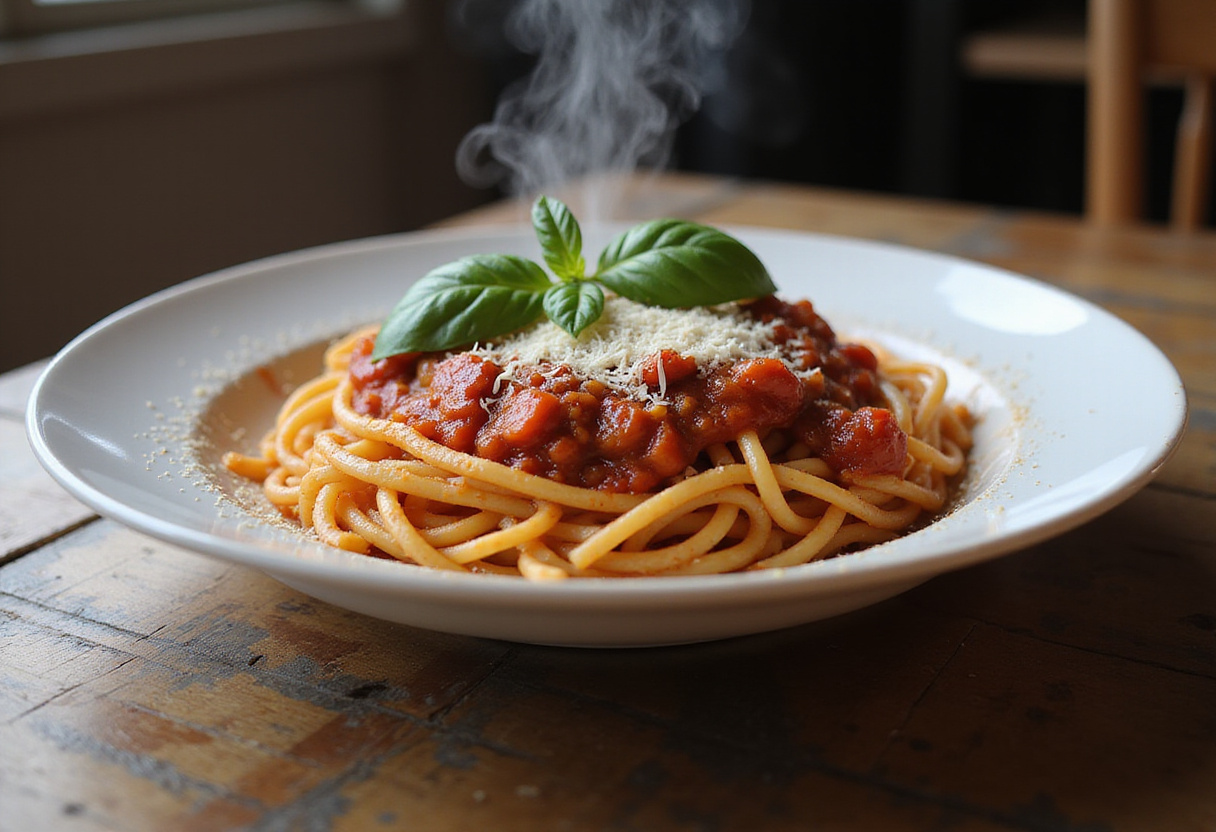
2. What Makes a Pasta Recipe “Juicy”?
When we talk about a “juicy” pasta, we don’t mean the pasta itself is wet or soggy. Instead, we’re referring to a dish where the pasta is perfectly coated with a flavorful sauce, creating a harmonious balance of textures and tastes. The key is to ensure the homemade pasta recipe absorbs the sauce beautifully, allowing each strand to be infused with flavor. One of the best ways to achieve juicy pasta is by learning how to make spaghetti with kitchenaid. Using a KitchenAid pasta making attachment helps create pasta with the ideal texture to hold onto the sauce. A well-executed easy pasta recipe ensures every strand is infused with flavor, resulting in a truly satisfying culinary experience. Consider the sauce-to-pasta ratio and how well the sauce clings to each strand. For those interested in other beef recipes, you might explore keto recipes using beef mince.
3. Essential Ingredients for a Juicy Pasta Recipe
To make the most of your juicy KitchenAid pasta recipe, start with high-quality ingredients. The quality of the ingredients profoundly impacts the final flavor and texture of the dish:
- Flour: Use a mix of semola and all-purpose flour for the best texture. Semola provides a coarser texture, while all-purpose flour adds softness.
- Eggs: Fresh, high-quality eggs add richness and structure to your pasta. Opt for free-range or organic eggs for a richer flavor.
- Olive Oil: A drizzle of extra virgin olive oil enhances the flavor. Its fruity notes add depth to the dough.
- Salt: Essential for bringing out the flavors of the other ingredients. Use sea salt or kosher salt for the best results.
Experimenting with different types of flour can also elevate your pasta. Likewise, consider using flavored olive oils to infuse your pasta with unique tastes. For those exploring keto options, understanding how to make keto beef mince stir fry can provide great meal ideas, or whether beef mince can be used in keto casseroles.
4. Step-by-Step Guide to the Perfect Juicy KitchenAid Pasta
1. Preparing the Dough
First, combine your flour and salt in the KitchenAid mixer bowl. Create a well in the center and add the eggs and olive oil. Using the dough hook attachment, mix on low speed until a dough forms. This initial step is crucial for a good homemade pasta recipe. Ensure the flour and salt are well combined before adding the wet ingredients to avoid clumps.
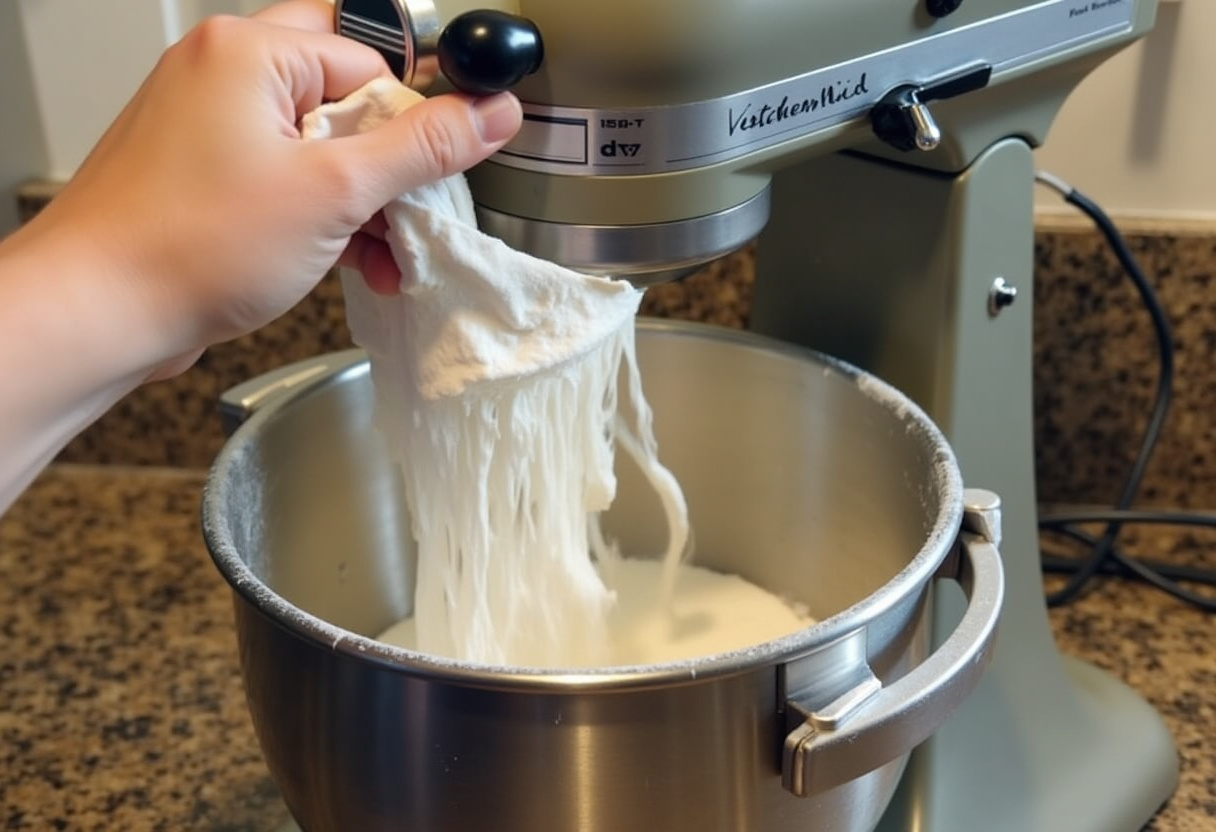
2. Kneading the Dough
Once the dough comes together, increase the speed to medium and knead for about 5-7 minutes until the dough is smooth and elastic. If the dough is too dry, add a teaspoon of water at a time until it reaches the right consistency. Proper kneading is essential for achieving that “juicy” texture in your KitchenAid pasta making process. The dough should be smooth and slightly tacky but not sticky. Don’t rush this step; proper kneading develops the gluten, giving the pasta its characteristic chewiness. If you’re a fan of hearty beef dishes, you might also be interested in learning more about beef shank recipes.
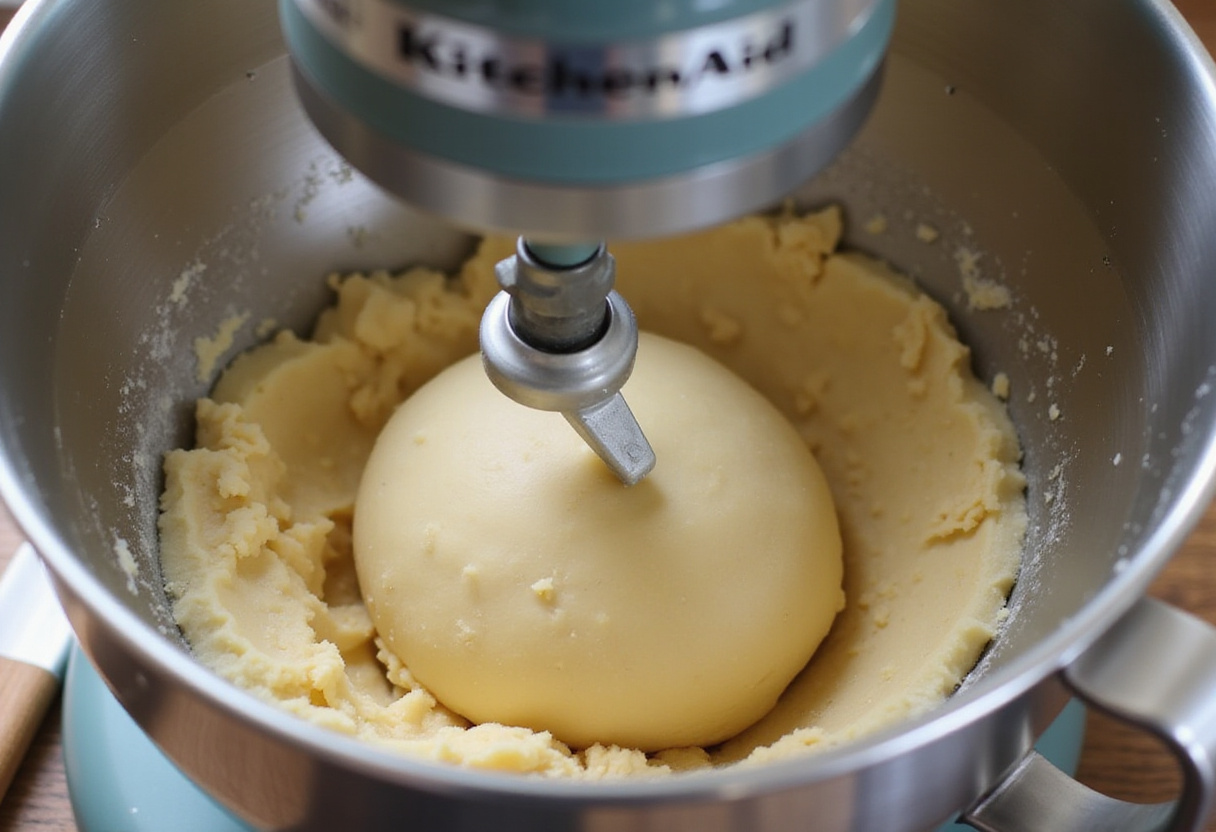
3. Rolling the Pasta
Divide the dough into smaller portions. Attach the pasta roller attachment to your KitchenAid. Start with the widest setting and gradually decrease the setting, passing the dough through each time. This ensures a thin, even sheet of pasta, perfect for your juicy KitchenAid pasta recipe. Rolling the pasta gradually prevents tearing and ensures a uniform thickness. Dust the dough with flour as needed to prevent sticking. The goal is to achieve a thin, almost translucent sheet of pasta. You can also check out how to make beef shank stew, or find out is beef shank good for slow cooking.
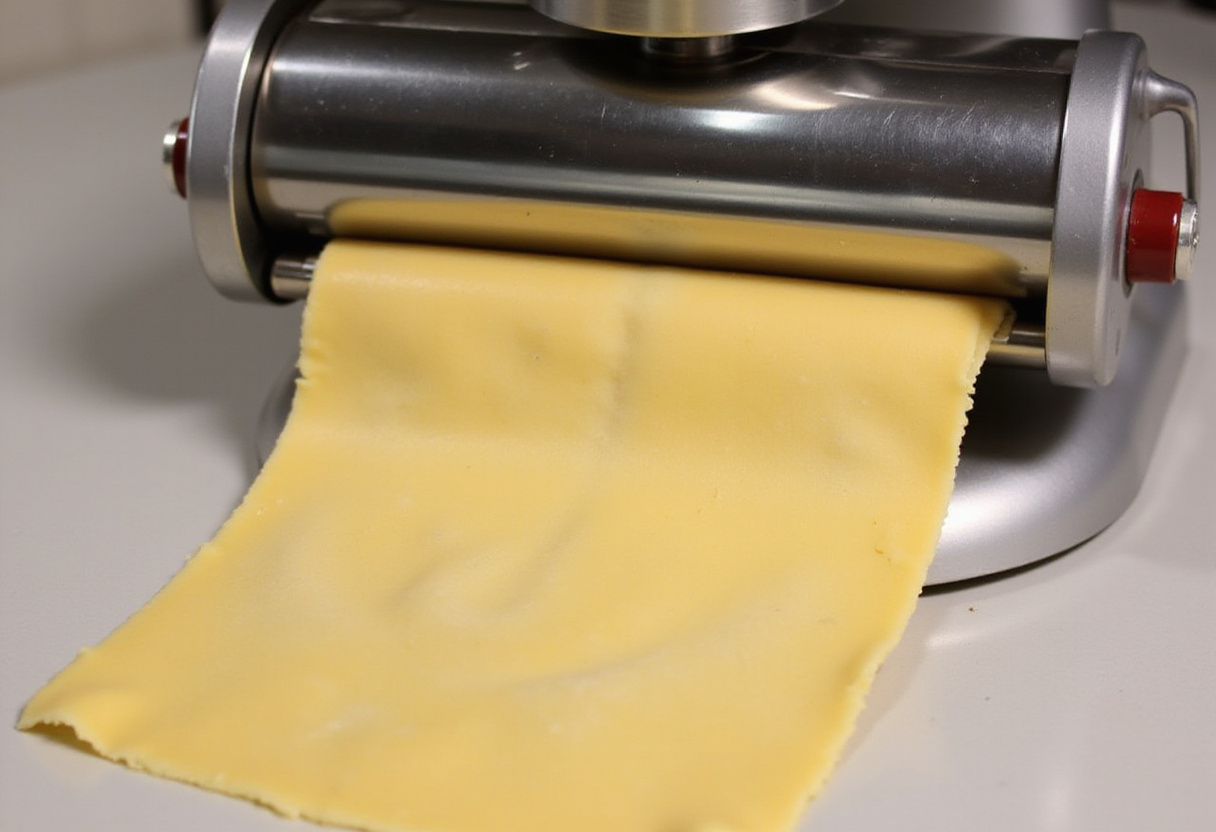
4. Cutting and Drying
Use the pasta cutter attachment to cut your pasta into your desired shape (fettuccine, spaghetti, etc.). Hang the pasta on a drying rack or lay it flat on a lightly floured surface. Allowing the pasta to dry slightly helps it maintain its shape when cooked, contributing to that perfect “juicy” texture for your easy pasta recipe. Drying the pasta for about 30 minutes to an hour helps prevent it from sticking together when cooked. If you don’t have a drying rack, you can lay the pasta in nests on a floured baking sheet. If you enjoy beef, you might also be interested in other recipes like beef shoulder roast recipe.
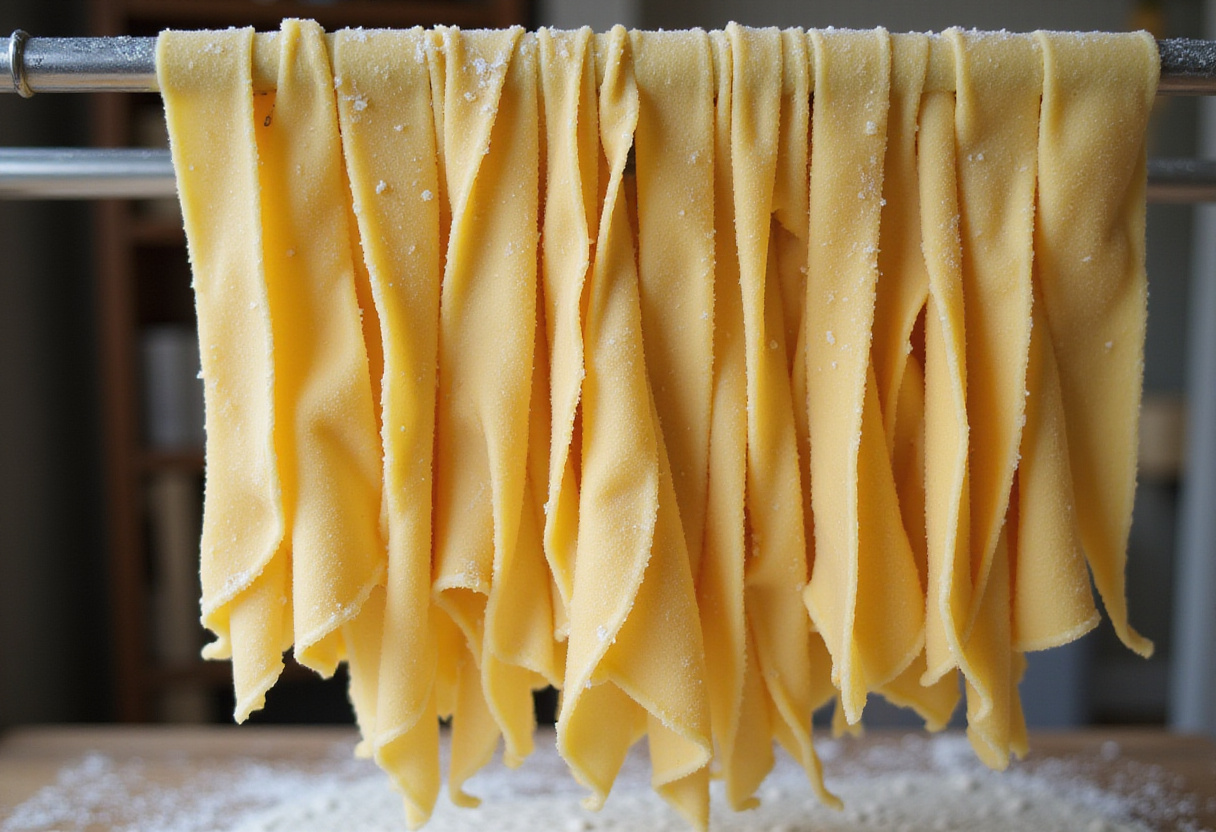
5. Cooking the Pasta to Perfection
Cook the pasta in a large pot of salted boiling water until al dente. Fresh pasta cooks quickly, usually within 2-3 minutes. Overcooking will result in soggy pasta, so keep a close eye on it. Reserve some pasta water, as it’s crucial for creating a luscious, emulsified sauce in your juicy KitchenAid pasta recipe. The pasta water contains starch, which helps the sauce cling to the pasta and creates a creamy texture. Taste the pasta frequently while it’s cooking to ensure it reaches the perfect al dente consistency.
6. Crafting the Perfect Sauce
The sauce is where the “juicy” magic truly happens. Whether it’s a simple tomato sauce, a creamy Alfredo, or a pesto, ensure it’s rich and flavorful. Use high-quality ingredients and don’t be afraid to experiment with herbs and spices. Adding a splash of pasta water to the sauce helps it cling to the pasta, creating a cohesive and delicious dish which is essential for homemade pasta recipe. Simmer the sauce for an extended period to allow the flavors to meld together. Fresh herbs like basil, oregano, and thyme can elevate your sauce. For roast enthusiasts, learning how do you cook a beef shoulder roast can offer a flavorful alternative.
7. Tips for a Truly Juicy Pasta
- Don’t Overcook: Al dente pasta absorbs the sauce better.
- Use Pasta Water: It helps the sauce adhere to the pasta.
- Toss, Don’t Just Top: Ensure the pasta is well coated with the sauce. Toss the pasta and sauce together in a pan over low heat for a minute or two to allow the flavors to meld.
- Fresh Herbs: Add fresh herbs at the end for a burst of flavor.
Season your pasta water generously with salt; this seasons the pasta from the inside out. Also, warming your serving bowls prevents the pasta from cooling down too quickly, maintaining its juiciness. Knowing what is the best seasoning for beef shoulder roast can inspire the flavors for your pasta sauce as well.
8. Variations and Creative Ideas
Once you’ve mastered the basic juicy KitchenAid pasta recipe, feel free to experiment. Try adding different flours, such as whole wheat or gluten-free blends. Incorporate vegetables into your pasta dough for added nutrients and flavor. The possibilities are endless with this easy pasta recipe! Consider using spinach, beetroot, or carrots to add color and nutrients to your pasta. You can also experiment with different shapes and sizes of pasta to create unique dishes.For convenience if you wanna cook with a crockpot, check out can beef shoulder roast be cooked in a crockpot.
9. Conclusion
Creating a deliciously juicy KitchenAid pasta recipe is achievable with the right techniques and a little practice. The key is to use high-quality ingredients, master the dough-making process, and create a flavorful sauce that clings to the pasta. Enjoy the process of making your homemade pasta recipe and savor the delightful results. Don’t be afraid to experiment and put your own spin on the recipe. Your family and friends will be amazed by your culinary skills, all thanks to your KitchenAid and a commitment to making perfect, juicy KitchenAid pasta recipe. Happy cooking!

